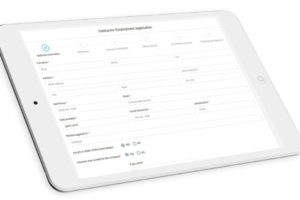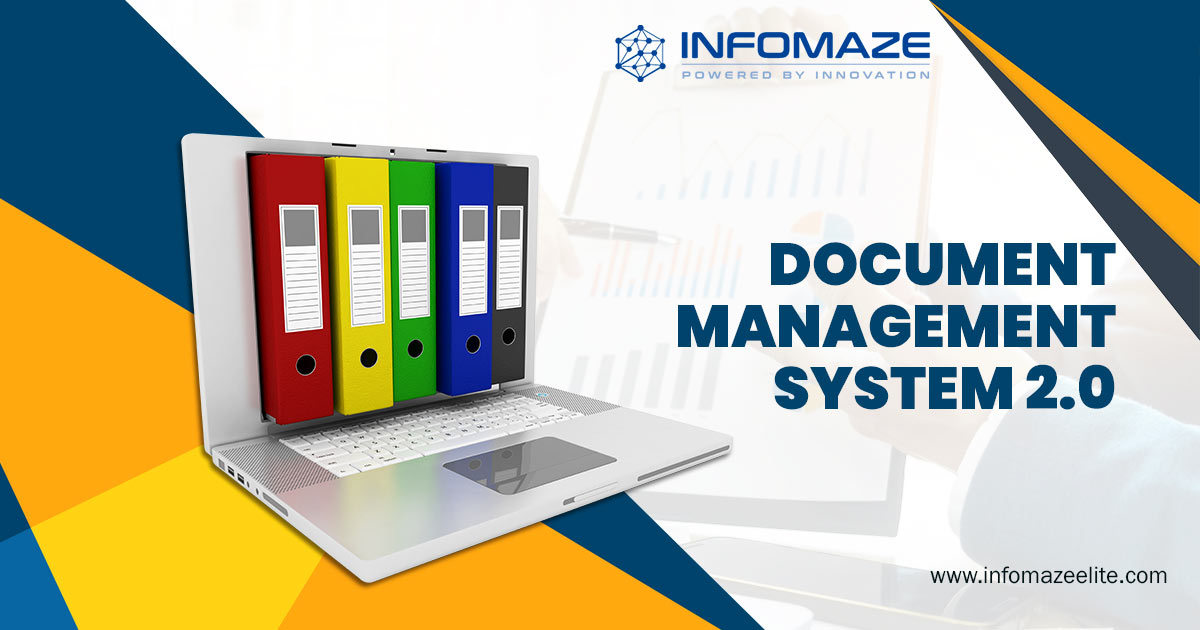Fleet Management App Development – A Case Study
The Summary:
An innovative technological products manufacturer who provides effective IoT solutions to their clients wanted an efficient IoT-based vehicle tracking system and came to us with their custom fleet tracking app requirements. Our team of specialists, business analysts and highly experienced developers worked their magic and developed a Vehicle monitoring system using IoT.
The Client: A IoT-based Telecom company
The client was looking for a fleet management app development company to develop a vehicle tracking app based on IoT. The customer had multiple custom functionalities and did not want to settle for a ready-to-use solution that would only have fulfilled half the requirements. Hence they came to us with their vehicle tracking app challenges and needed as follows.
The Challenge: An Efficient, Robust Vehicle Tracking App
The client had multiple features in mind to put the IoT-based vehicle tracking system to good use. The client did not want any compromises concerning the added functionalities and was looking for a capable fleet management app development company.
With the futuristic development of cloud computing, the client wanted a vehicle tracking app that could operate from anywhere else with the internet and help them be assured of the safety of the fleet drivers, managing the vehicle’s health for proactive maintenance in real-time.
The client came to us with the above expectations and laid out their requirements as mentioned below.
The Requirements: A Feature-rich Vehicle Monitoring System using IoT
Our client had a future-proof fleet management app in their mind. To achieve the same and be fruitful, they wanted web applications development and mobile app development services from a SaaS solution provider with experience in IoT-based technological solutions.
The client essentially was looking for a vehicle tracking app with geo-tracking, fencing, driver details and multiple types of sensors, including:
- Motion Detector
- Speed Sensors
- Brake Sensors
- RPM or tachometric reading
- Gyro Sensors
- Vibration detectors
- Door open/shut monitoring
- Ignition On/off monitoring
The customer also wanted the fleet users to be able to send a distress signal when in need with the press of an SOS emergency button.
Through the list of features mentioned above, the client wanted to record, sort, and access the reliability of the motion-controlled functions and accurately monitor if the drivers were adhering to the rules and ensure the safety of the assets and the drivers moving it.
The Technology used to build the Fleet Management App:
Our business analysts assessed the client requirements and proposed the best approach to building the web and mobile application development with IoT connectivity.
Leveraging the components of MERN (MongoDB, Express.js, React.js and Node.js), Native components, Open Street Maps, TCP server protocol, our team developed the vehicle tracking app in an agile manner, incorporating the clients feedback almost in no time.
The Solution: Effective Fleet Management App Development
Our MERN stack developer developed a mean and mighty, cloud-based web application compatible with any browser with all the features requested included in the application.
Also, using the expertise in React Native and Electron.Js, the developers built a cross-platform, Native vehicle tracking app for iOS and Android.
To guarantee congestion-free communication between the IoT device on the vehicle, the applications, and the database, we used custom TCP protocols to collect and transmit the data to the database.
And, we developed an API using the robust Node.js for fetching the database data to communicate with the front-end of the web and mobile applications, which is again moved via the TCP server.
We fixed the geo-tracking and fencing requirements using the Open Street Maps, the emergency SOS button and set the logic to collect the data from the sensors in an organized manner as per the client’s request.
The usefulness of the Sensors in the Vehicle Tracking App is as follows:
- Motion Detectors: Would activate the IoT device to start transmitting.
- Speed Sensors: To monitor and track the vehicle’s speed to ensure it remains under the legal limits set.
- Brake Sensors: To accurately judge the health of the braking system proactively and manage its repairs.
- RPM or Tachometric Reading: To monitor the RPM gauge reading and the condition and efficiency of the engine.
- Gyro Sensors: Angular acceleration sensor to detect swerves and monitor drivers, the vehicles and the safety of the assets during transmission.
- Vibration Detectors: To police against thefts of assets and send alerts in case of an emergency.
- Door Open/Shut Monitoring: This signal would again help the asset safety and help maintain vigilance in real-time when the door to the vehicle would open/shut.
- Ignition On/Off Monitoring: To check the fuel consumption and the stops of the vehicle in transit.
The Result: Cost-effective, Robust Vehicle tracking app development using IoT technology.
With the TCP protocols, the data from the sensors were seamlessly transmitted to the cloud, assessed, sorted, and recorded. With the data from the respective sensors, the client could make business impactful decisions and keep an eye on all business operations in an effective and budget-friendly manner.
The client saw an overall increase in their ROI and profit margin with the effective fleet management app development we provided for the vehicle tracking app using IoT and other web technologies.
Looking for a Similar Fleet Management App Development?
Categories
- Application Migration (8)
- BI (7)
- Case Study (24)
- CRM (8)
- Dot Net (8)
- Informational Blog (66)
- IT Help Desk (8)
- Mern Stack (1)
- Microsoft 365 (2)
- Mobile Application (9)
- Offshore Development (10)
- Outsourcing Services (1)
- PHP (11)
- PowerBI (7)
- QuickBooks (5)
- ReactJS (4)
- SEO (14)
- SharePoint (3)
- Web Application (10)
- Xero (1)
- Zoho (12)
- Zoho Case Study (28)
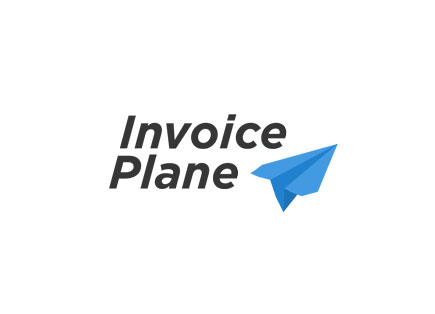
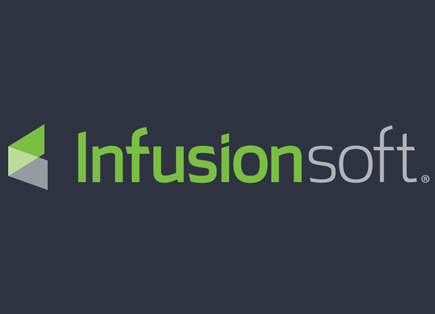
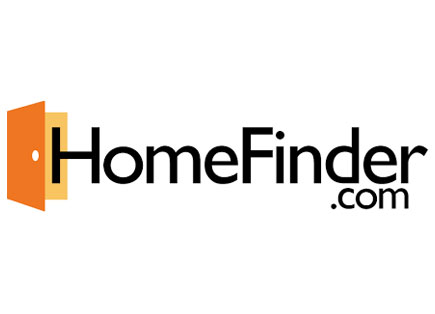

Disclaimer: All rights belong to the owner. No Copyright or Trademark Infringement Intended.

